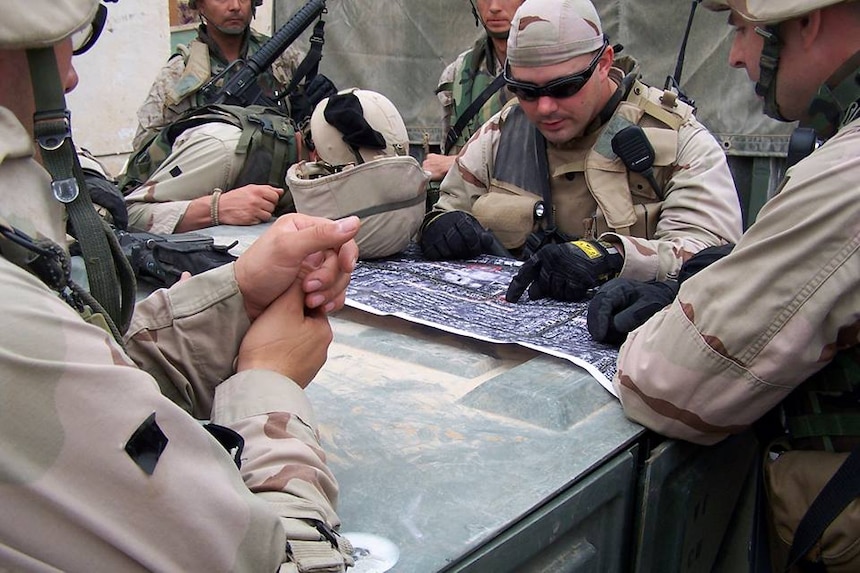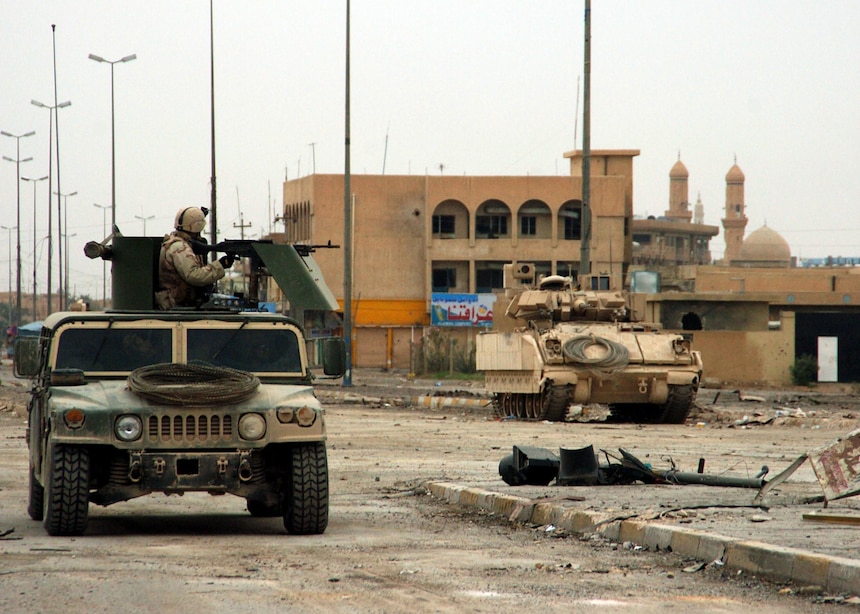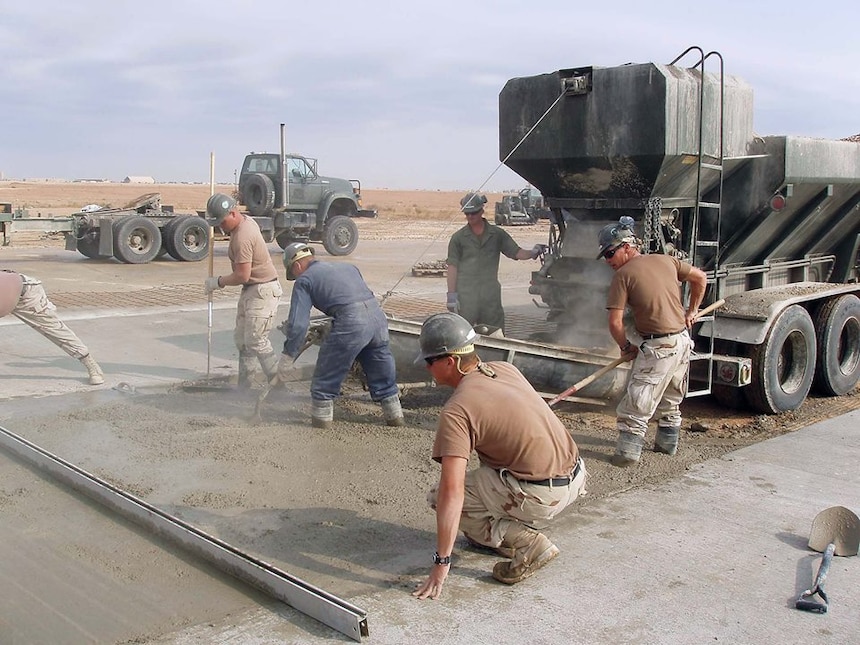Consolidated By U.S. Navy Seabee Museum, Naval History and Heritage Command
November 13
1970: Cmdr. J.L. Godsey, Civil Engineer Corps (CEC), commanding officer of Naval Mobile Construction Battalion (NMCB) 3, relieved Cmdr. F.M. Newcomb, CEC, commanding officer of NMCB 62, as camp commander, Camp Haskins South, Republic of Vietnam (RVN). 1970: Seabee Team 4004 returned from Xuan Loc, RVN for reassignment to NMCB 40.
November 14
1967: The first increment of NMCB 58 s advance party arrived at Da Nang, RVN. The commanding officer of NMCB 10 moved from Gia Le to the Quang Tri Forward Combat Base, RVN, and established the battalion headquarters there. 1968: Railroad Bridge No. 1, first of three being rebuilt by NMCB 1 s detail Foxtrot around Lap An Bay, RVN, is completed. 1969: NMCB 6 and 58 held decommissioning ceremonies at Davisville, Rhode Island. 1970: Lt. Cmdr. J. Perez relieved Lt. Cmdr. N.G. Ricker as executive officer of NMCB 1. 1983: NMCB 1, then deployed at Rota, Spain sent a survey team to Beirut after being alerted of a potential tasking in support of the U.S. Marines who were part of the Multinational Peacekeeping Force in Beirut, Lebanon. The tasking consisted of improving the living conditions of the Marines located at the Beirut International Airport. On Thanksgiving Day Detail Bravo Lima, consisting of 1 CEC officer and 38 Seabees departed the battalion main body for Beirut. In January 1984 the tasking was expanded; and on 5 January a second increment, consisting of an additional CEC officer and 39 Seabees was sent to Beirut. The battalion also shipped 61 pieces of equipment to Beirut in support of Detail Bravo Lima. The tasking was completed and the first increment returned on 17 February 1984; the second increment and the 61 pieces of equipment returned on 1 March 1984. This was the first involvement of Seabees under combat conditions since the Vietnam conflict. 2003: Presidential Unit Citation awarded to Seabees deployed in support of Operation Iraqi Freedom under the First Marine Expeditionary Force Engineer Group (I MEG). These included the 30th NCR, NMCB 5, NMCB 74, NMCB 133, NMCB 4, Naval Construction Force Support Unit 2, Underwater Construction Team (UCT) 2 Air Detachment, the 22nd Naval Construction Regiment (NCR), I MEG Command Element, NMCB 7, NMCB 15 Air Detachment, NMCB 21 Air Detachment, NMCB 25 Air Detachment, and Construction Battalion Maintenance Unit (CBMU) 303 Detachment.
November 15
1942: Aviation, Construction, Ordnance, Repair, Navy (ACORN) 1 arrived at Guadalcanal. (In World War II, Navy ACORN units, composed of Seabees and other components such as aircraft maintenance units, etc., were put together to design, construct, operate and maintain forward landplane and seaplane bases and facilities for operations.)
1945: 28th NCR and 40th NCR were inactivated. 112th Naval Construction Battalion (NCB) inactivated on Okinawa. 142nd NCB inactivated at Manila, Philippines. 34th Special NCB inactivated at Guam.
1967: NMCB 58 s first advance party consisting of three officers and 62 men arrived at Camp Haskins, North, in preparation for NMCB 58 s second deployment in the RVN.
Nov. 15-19, 1971: Main body of NMCB 1 departed Davisville, Rhode Island, for deployment to Diego Garcia (Reindeer Station).
2014: Capt. Frederick Mucke, CEC, relieved Capt. Gary Rouse, CEC, as commodore of the 7th NCR during a change of command ceremony aboard Naval Construction Battalion Center Gulfport, Mississippi. The regiment ushered in a new era with the change of command and the relocation of its headquarters from Newport, Rhode Island to Gulfport, Mississippi.
November 16
1945: 29th Special NCB inactivated at Guam.

November 17
1969: Because of curtailment of Department of Defense operating funds and completion of major construction tasks in Southeast Asia, seven Naval Mobile Construction Battalions were slated for retirement by the end of the year. The first four battalions disestablished included: NMCB 9 at Port Hueneme, California; NMCB 128 at Gulfport, Mississippi; and NMCB 6 and NMCB 58 at Davisville, Rhode Island. In December 1969, NMCB 8, 11 and 53 were disestablished.
1971: NMCB 40 main body departed Diego Garcia for Davisville, Rhode Island.

November 18
1942: 38th NCB commissioned at Camp Allen, Norfolk, Virginia. 46th NCB formed at Camp Endicott, Davisville, Rhode Island. 50th NCB commissioned at Camp Bradford, Norfolk, Virginia.
November 19
1945: 2nd NCB inactivated. 19th NCB inactivated on Okinawa.
1963: Reconstruction of ammunition magazines and permanent camp facilities and roads at Vieques Island of the U.S. Naval Station, Roosevelt Roads, Puerto Rico, was commenced by NMCB 7.
1965: Capt. Harold F. Liberty relieved Cmdr. C.F. Mobley as officer-in-charge, Construction Battalion Base Unit, Port Hueneme, California.
1967: Firefighters from NMCB 9 and neighboring Marine units waged a successful day-long battle to contain a fire which threatened to destroy major exchange facilities at the Freedom Hill Recreation Center near Da Nang, RVN. Despite the combined efforts of Marine and Seabee units, a post office, warehouse, and several small shops were lost. The task of cleaning debris from the twisted metal remains of two 40 x 200-foot buildings began immediately as part of the effort essential to reconstruct the devastated facilities.
1967: Seabee Team 0912 departed the main body at Da Nang, RVN, via C-118 aircraft for the 31st NCR to commence military and technical training.
1969: Main body of NMCB 53 arrived at Davisville, Rhode Island, from Da Nang, RVN.
1971: Cmdr. P. Oliver Jr., commanding officer, NMCB 1, relieved Cmdr. D.W. Urish, commanding officer, NMCB 40, as island commander, Diego Garcia, British Indian Ocean Territory (BIOT).
